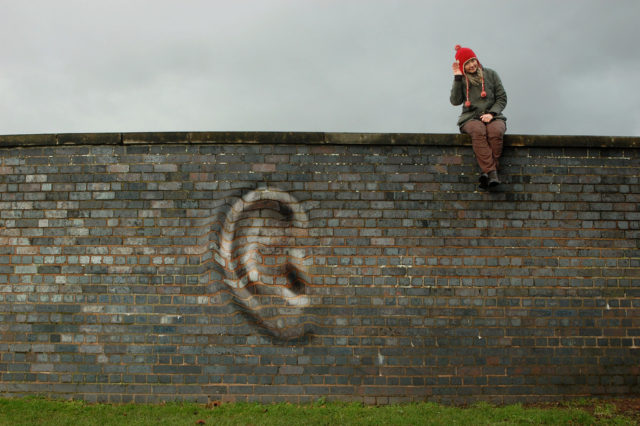
Most corporate events
Many corporate events have a tight focus. Management has desired outcomes for the meeting: e.g. developing new products and services, communicating changes in company strategic goals, training and incentivizing sales teams, implementing successful product launches, etc. The function of such meetings is primarily top-down: effectively communicate management objectives, answer questions, and get employee buy-in. Fixed-agenda corporate meetings are not a good fit for peer conference designs. Why? Because they are predominantly about one-way broadcast-style communication. Participants are there to listen and learn rather than to determine what’s individually useful to them or to build intra-company connections.
Special events
Special events involve a mixture of entertainment, celebration, and raising money. While some may include impromptu participant involvement, they concentrate on creating a wonderful experience for attendees. Special events are carefully choreographed in advance and participant interaction is generally limited to the traditional social forms of meals and parties. So they are not a good fit for the spontaneous generation of topics, themes, and participant-determined process that peer conference designs generate.
When simultaneously scheduled alongside traditional meeting formats
Much as I would like to tell you that participant-driven and participation-rich event formats are common these days, it just ain’t so. As a result, many conference attendees have not encountered these designs before and have not experienced how effective they can be in creating valuable connections and learning with their peers. When meeting planners add participant-driven sessions as a track to an existing schedule of traditional presentations, few attendees will pick the unfamiliar. Unfortunately, this convinces the organizers that few people are interested in these formats, reinforcing a return to a familiar predetermined program.
If I had a nickel for every time I’ve seen this mistake made … well … that would pay the bill for a very nice dinner out.
When time is short
Participant-driven and participation-rich events are messy and, by the standards of a content-dump-into-listeners-ears event, relatively inefficient. You can share some good information in a ten-minute talk. (Even if most of the audience will have forgotten it a month later.) But try to build connections and learning in a group of a hundred people in ten minutes? Little of any significance is going to happen in such a short time.
I’ve run the core Conferences That Work design in a day numerous times, and it’s always a rush. A day and a half is the minimum for a group to really benefit. A peer conference design such as Open Space doesn’t need so much time—a few hours can be useful—though it omits some of the features that make Conferences That Work so effective.
Valuable peer learning and connection take time. It’s worth it. If you don’t have enough time, a peer conference isn’t like a podcast you can speed up and still understand. Schedule the time actually needed for the process to work and wonderful things will happen. Shortchanging the time guarantees frustrated and unhappy attendees.
When a meeting is significantly about status rather than learning and connection
Sadly, in my view, some meetings are primarily about asserting and demonstrating status. Government, political, and, to a lesser extent, academic conferences often fall into this category. If your conference attendees come from a culture where power and influence are firmly controlled by the people in charge, a Conferences That Work meeting design will be a poor fit. A format that does not reinforce their dominance threatens high-status individuals.
So when should you use the Conferences That Work design?
I thought you’d never ask. If you have all attendees’ attention and enough time for the process to work (see above), a Conferences That Work meeting design is a fantastic (I would argue, the best) approach for meetings of communities of practice (this link explains in detail what communities of practice are). That includes all conferences, colloquia, congresses, conventions, and symposia.
Association and client conferences are clear candidates for Conferences That Work. You can easily integrate traditional conference elements into the design, like keynotes, up-to-the-minute research findings, recognition ceremonies, social events, etc.
You can make existing conferences more participant-driven and participation-rich by carefully incorporating peer conference process into future events. Over the years I have helped many associations successfully make this transition.
But the best time to implement Conferences That Work is at a brand-new conference! (A good example is the edACCESS peer conference, now in its 26th year, and still going strong.) Why? Because people typically create new conferences when they find the need to meet for a new purpose. At that moment in time, invariably, there are no obvious experts to invite. Opening with a peer conference design allows a group of relative strangers with a common interest to make fruitful connections and learn productively about and from the expertise and experience in their midst. The experience is so powerful, that I don’t know of a group that has decided to stop using the format.
Image attribution: Flickr user apionid
